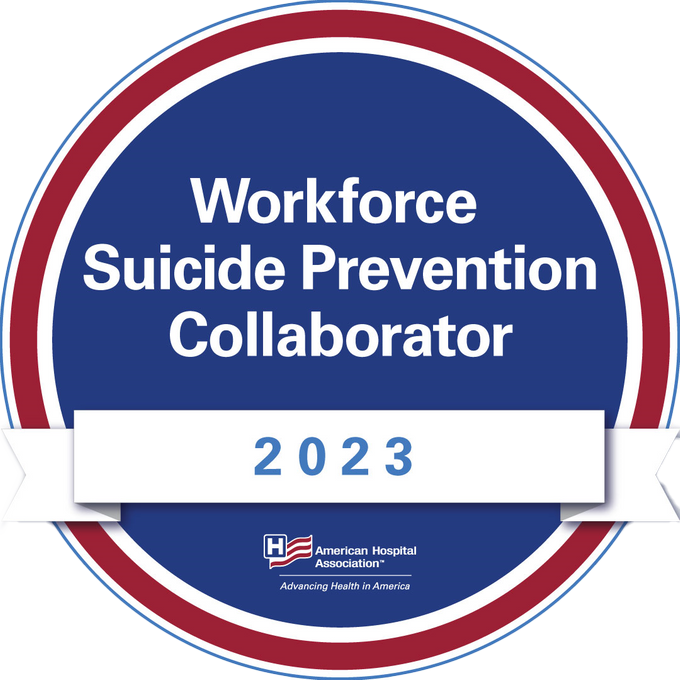In 2017 alone, over 47,000 Americans died by suicide, the highest suicide rate since WWII, according to federal data. And while the rate has risen at different paces for different age and ethnic groups—the rural suicide rate, for instance, rose by 37% over the last 10 years—nearly every group of people in the US has seen an increase in suicide rates since 1999.
If nothing is done to right the course, projections show that the rate of suicide in the US—across all racial, ethnic and socioeconomic groups—will only continue to rise. Fortunately, there are many organizations today pursuing solutions to the suicide crisis. Read on below as we take a closer look at four initiatives, which take five very different approaches to curb the rising rates of suicide.
1. The Garrett Lee Smith Memorial Act
Suicide is the third leading cause of death for youth aged 10-24. Named in memory of the son of US Senator Gordon H. Smith, who died by suicide in 2003, The Garrett Lee Smith Memorial Suicide Prevention Program was signed into law the following year, in an effort to save other children from suicide. The program supports states and tribal entities in their efforts to reduce youth suicide by placing suicide prevention and early intervention strategies in schools, colleges, foster care programs, juvenile justice systems, and other youth-focused organizations.
Since 2005, The Garrett Lee Smith Memorial Act has provided grants and support to 370 youth suicide prevention initiatives in 50 states, 175 institutions of higher education, and 46 tribal entities.
2. Youth Aware of Mental Health (YAM)
Youth Aware of Mental Health, or YAM, is a school-based program created by a team of interdisciplinary researchers from the Karolinska Institute and Columbia University, designed to encourage youths, aged 13-17, to learn about, discuss, and prioritize mental health. The YAM program, which consists of just five one-hour classroom sessions, focuses on youth voices and exploration, as opposed to outside instruction. Trained instructors work as facilitators in the YAM program, treating the teen participants as experts of their own experiences and insights. Participants explore mental health challenges through discussion and role-play, with an emphasis on supporting peers who aren’t coping as well as others.
The results are very encouraging. In one comprehensive study, YAM was found to reduce suicide attempts and severe suicidal ideation by 50%, and reduce new cases of depression by 30%.
3. Zero Suicide
Zero Suicide is built on two foundational beliefs: that deaths by suicide in the care of health and behavioral health systems are preventable, and that patient safety is the most fundamental responsibility of health systems. Participating organizations pursue a systems-wide approach to reduce suicides by leading a cultural change, training a competent, caring workforce, identifying suicide-risk in patients via comprehensive screenings and assessments, providing suicide care management plans to at-risk patients, treating with evidence-based treatment programs, and employing continuous policy and quality improvement measures.
Avera Behavioral Health System, a participant of Zero Suicide, recently shared their dramatic results after adopting the program. Since Avera began Zero Suicide, their system saw a 97% decrease in suicide attempts by previously admitted patients.
4. US Air Force Suicide Prevention Program
By 1994, the rising rate of suicide in the US Air Force had peaked at 16.4 suicides per 100,000 enlisted men and women. Also called by its abbreviation, AFSPP, the US Air Force Suicide Prevention Program was launched two years later, in 1996, to reduce deaths due to suicide in the US Air Force by fostering a cultural change within the organization around suicide and mental health conditions. To achieve this cultural change, AFSPP pursues a number of measures to strengthen social support, promote development of social skills, and change policies and norms to encourage effective help-seeking behaviors.
After the program was fully deployed in 1997, studies found that AFSPP reduced the relative risk of suicide in participating US Air Force cohorts by 33%.






